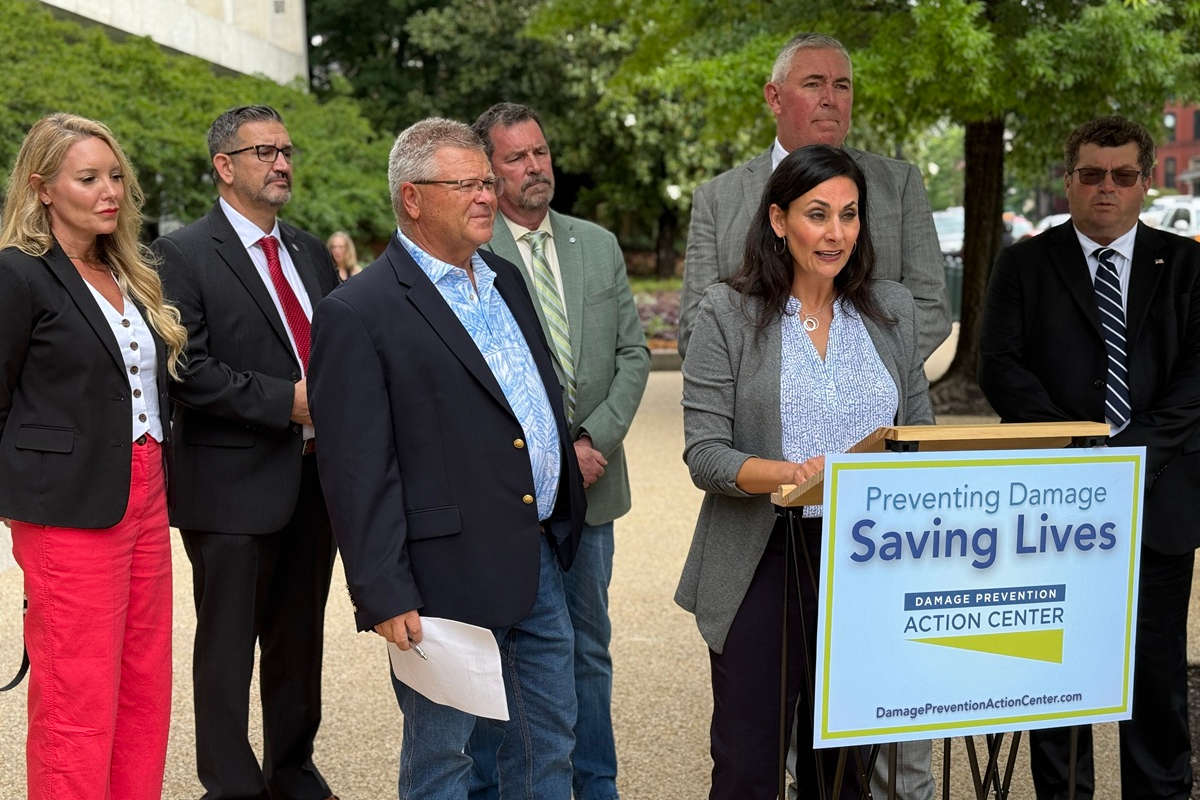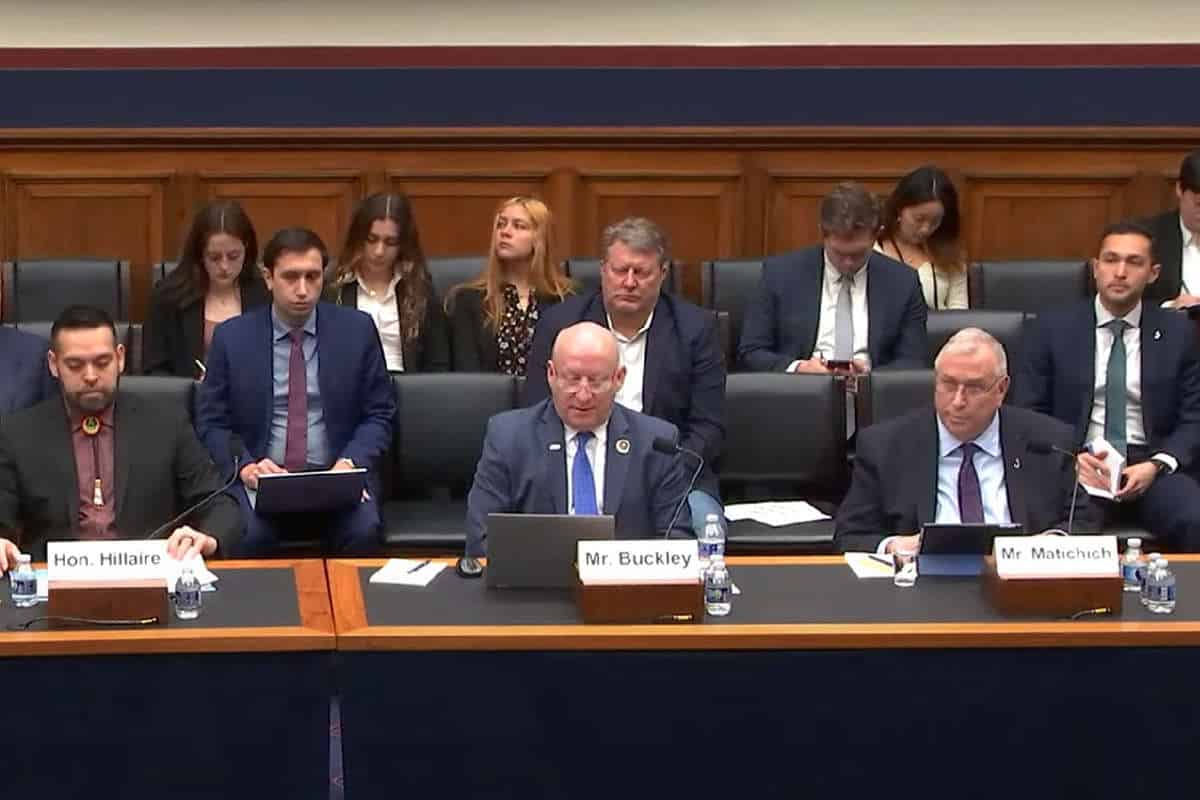The Challenge of Aging Infrastructure: How to Choose the Best Sewer Rehabilitation Method

By Emily Newton
Nationwide, hundreds of thousands of miles of sewer lines have passed their expected life span but remain in the ground. With every year that passes, they grow closer to a catastrophic failure. While sewer rehabilitation could restore the useful life of compromised pipes, selecting the optimal method can be challenging. How do service workers make the right choice?
The Challenge of Aging Wastewater Infrastructure
While water, wastewater and sewer lines are meant to last decades, it is not uncommon for them to stay in the ground well past their expected life span. This problem would not be as big of a deal if structural issues were addressed sooner. Decades-old pumps and pipes simply cannot keep up with demand in their advanced age.
In 2023, the Utah Water Research Laboratory conducted an in-depth analysis of around 400,000 miles of water mains in the United States and Canada, surveying over 800 water utilities. It discovered approximately 20% of pipes are beyond their useful life and must be replaced — to the tune of $452 billion — a 25% increase from 2018. Moreover, there are roughly 260,000 structural failures annually, averaging 11.1 breaks per 100 miles.
Urgent maintenance is necessary. However, the repair costs of fixing just those 260,000 pipe failures exceed tens of billions of dollars. Since component condition varies depending on installation year, flow rate and location, setting a comprehensive sewer rehabilitation schedule within budgetary constraints is challenging.
That said, local governments and utilities providers quite literally cannot afford to wait. One valve dripping once per second leaks approximately 0.25 milliliters with each drop, which is the equivalent of roughly 2,028 gallons per year. Multiplying that figure by every leak would result in a dizzyingly high number.
Age Is the Most Pressing Source of Degradation
Anything from hydrogen sulfide gas to everyday wear-and-tear can significantly deteriorate wastewater infrastructure. However, age-related degradation is the most pressing. Since it does not pose an immediate threat, it is often deprioritized. As a result, pipes are left without maintenance for decades longer than intended.
Today, many sewer lines are cracked, sagging or blocked with tree roots. These problems aren’t exclusive to the U.S. Most European countries experience them, as well. The life span estimates for modern polyvinyl chloride pipes range from 50 to 100 years, contrasting their average annual replacement rate of 0.5% — placing the actual expected life at 200 years.
Sewer infrastructure weakens with age, accelerating the progression of sag, corrosion and structural failures. Under normal circumstances, this has potentially catastrophic results. Unfortunately, circumstances are not typical in many cities — urbanization forces aging infrastructure to operate in exceptional conditions, accelerating decline.
In the U.S., the urban population increased by 6.4% from 2010 to 2020, accounting for approximately 80% of the total population. This addition places more strain on already compromised pipes. Moreover, it complicates the process of securing approval to perform work. Maintenance workers must navigate through additional red tape to gain access.
There is also the issue of funding — or the lack of it, to be more specific. While states have collectively spent approximately $20 billion on water infrastructure given to them from the American Rescue Plan Act, experts estimate the expenses for necessary repairs will require $1 trillion in spending over the next two decades.
Choosing the Best Sewer Rehabilitation Method
Replacing compromised segments is time-consuming and costly. It also interrupts service and obstructs aboveground activities. Sewer rehabilitation has emerged as a less disruptive alternative. While replacing pipelines without open excavation is generally cost-effective and more efficient, professionals must select the best method to receive the best benefits.
Pipe characteristics like age, diameter, slope and depth play enormous roles in rehabilitation method selection. For example, sliplining — inserting a smaller pipe inside the host pipe — may not be feasible if decreasing the diameter would significantly impact water flow.
Service workers should also consider soil conditions. Whether there is active infiltration, high groundwater or erosion influences the longevity of repairs. To use sliplining as an example again, inserting a smaller pipe into the host pipe would be virtually ineffective if the host pipe has substantially sagged.
After careful inspection and consideration, decision-makers have two general options. They can either choose a nonstructural or structural rehabilitation method. The first option is ideal for proactive repairs to extend the life span of semidegraded pipelines. The latter must be used if the infrastructure is structurally compromised to any extent. Both can restore the sewer line’s useful life, counteracting the effects of aging.
Generally, trenchless sewer rehabilitation techniques are ideal. They lead to lower project costs, less disruption and shorter timelines than the default open-cut replacement measure. However, sagging, irregular pipe shape and staging limitations can restrict the use of such technologies. They are also not ideal for emergencies such as main breaks.
The Most Effective Sewer Rehabilitation Methods
These nonstructural and structural sewer rehabilitation methods have proved to be effective.
Corrosion-Resistant Coatings
This nonstructural sewer rehabilitation method uses a protective corrosion-resistant coating to limit or prevent damage to pipe walls. It should be used before structural damage appears. Since the substance must bond to the host pipe, professionals must properly clean and dry the compromised segment before beginning.
To operate cleaning machinery, professionals often need a commercial driver’s license. To get around this requirement, they can instead use portable, high-pressure water jetters. This equipment can reach water pressures of up to 4,000 pounds per square inch with a flow rate of up to 40 gallons per minute, making quick work of large projects.
Cured-in-Place Pipe
Cured-in-place pipe is a trenchless technology that has had great success. Metro Water Recovery — the largest wastewater treatment provider in the Rocky Mountain West — has used it to rehabilitate up to 20,000 linear feet annually. It inspects around 10% of its system each year. The infrastructure with the poorest rating is scheduled for rehabilitation. Mark Hofmeister, the principal engineer, says it lessens the impact on the public and improves efficiency.
Reinforced Polymer Lining
Reinforcing compromised pipes is a timely and cost-efficient sewer rehabilitation method. Houston Public Works provides an excellent example with the North 60 Line — a 60-inch prestressed pipeline that carries potable water into downtown Houston. Under the Transmission Line Condition Assessment and Rehabilitation Program (TLCARP), it receives strategic repairs.
The North 60 Line was constructed in the 1970s. Due to its age and importance to the city, it was selected for condition assessments under TLCARP. The line is mainly composed of prestressed concrete cylinder pipe, which uses tensioned wire. The city remotely identifies broken wire segments using electromagnetic testing and acoustic fiber optic cables.
Once the acoustic fiber optic cables detect sonic anomalies that indicate damage, repairs are carried out using a carbon-fiber-reinforced polymer lining. An epoxy resin is applied to carbon fiber in a controlled, aboveground environment. After curing, workers layer the sheets in an overlapping pattern. This proactive structural rehabilitation method has a minimal impact.
Restoring Aging Water and Sewer Infrastructure
Since a windfall dedicated to the comprehensive repair of wastewater infrastructure is unlikely, industry professionals must accept that they need to do more with less — and finish faster to address every problem in time. Fortunately, the most effective sewer rehabilitation methods can help them achieve this seemingly impossible task.
Emily Newton is a construction and industrial journalist. She is also the Editor-in-Chief for Revolutionized Magazine. Keep up with Emily by subscribing to Revolutionized’s Newsletter.




